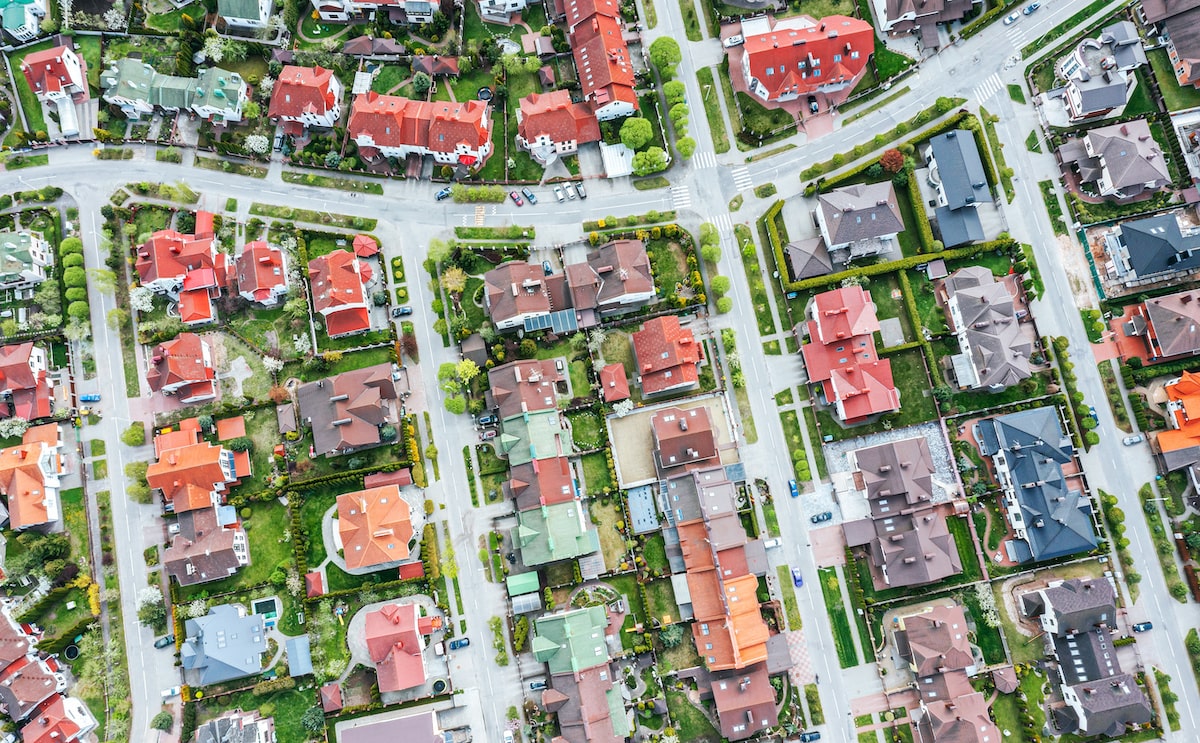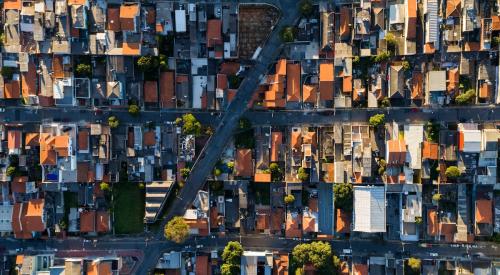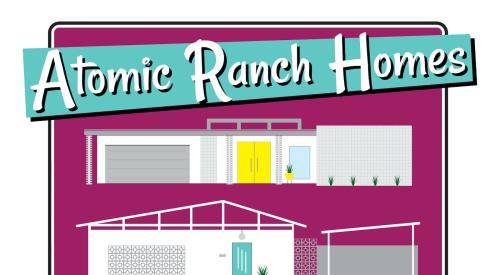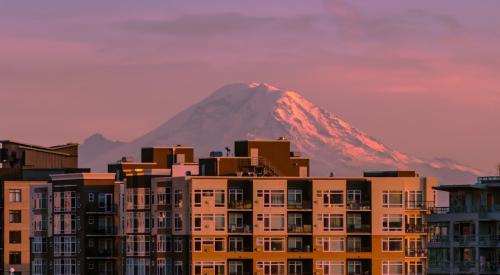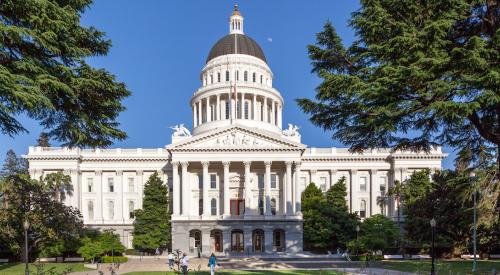As the race to develop affordable housing gains momentum across the U.S., the potential for suburban sprawl is catching the attention of NIMBYs, or “Not in my backyard” community advocates. The rise of the NIMBYs began in the 1980s with homeowners who fought neighborhood development (apartments in particular), but in an age of record high rent and home prices, their movement is seen less as heroic, and more as an infringement on a necessary push for new housing construction, The New York Times reports.
Most NIMBYs work with community organizations or in nonprofits to oppose any state legislature that lays the groundwork for local development, and though their power is often restricted and many construction plans ultimately come to fruition, they’ve also been effective at delaying or even preventing many projects in their neighborhoods.
California is now a different place with a different struggle, and a lack of housing is at its center. It’s not just that the $800,000 median home price is too expensive, or that the 100,000 people who sleep outside are a daily tragedy, or that the outflow of cost-of-living refugees has helped steer it into population decline. It’s that those statistics have raised hard questions about the state’s governance and sense of self.
How does a place that prides itself on progressive politics have so many policies that exacerbate inequality? How do homeowners whose window signs say they welcome every oppressed group rationalize a housing system that has caused their own children to flee?
